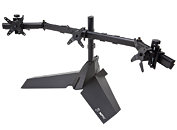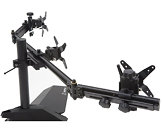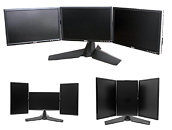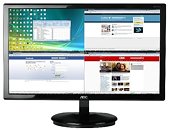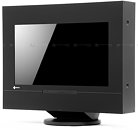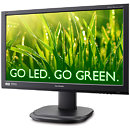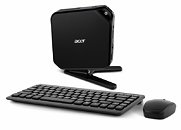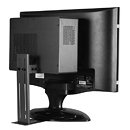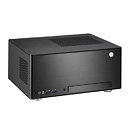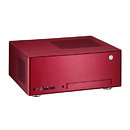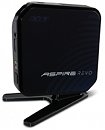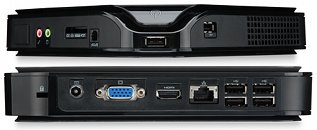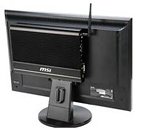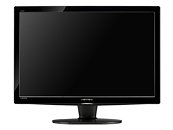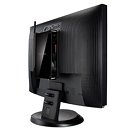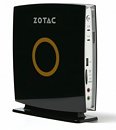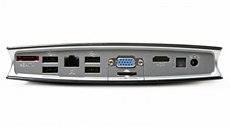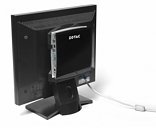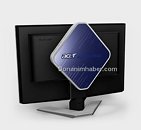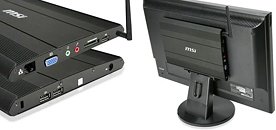
SAPPHIRE Announces EDGE-HD2 Mini PC
Building on the success of its first Mini PC, hailed as the smallest PC in the world, SAPPHIRE Technology - the world leading manufacturer and supplier of PC graphics cards and mainboards has just introduced a new model - the SAPPHIRE EDGE-HD2. The SAPPHIRE EDGE-HD2 shares the same slim, stylish outline as the earlier model but delivers slightly higher performance and is now also available with a pre-loaded operating system. At less than half a litre in volume, it is slimmer and smaller than most wireless access points - in fact around the size of a paperback book! Its stylish design and simple pedestal mount make it equally at home next to a TV or business monitor whilst occupying the minimum of desk or shelf space.


